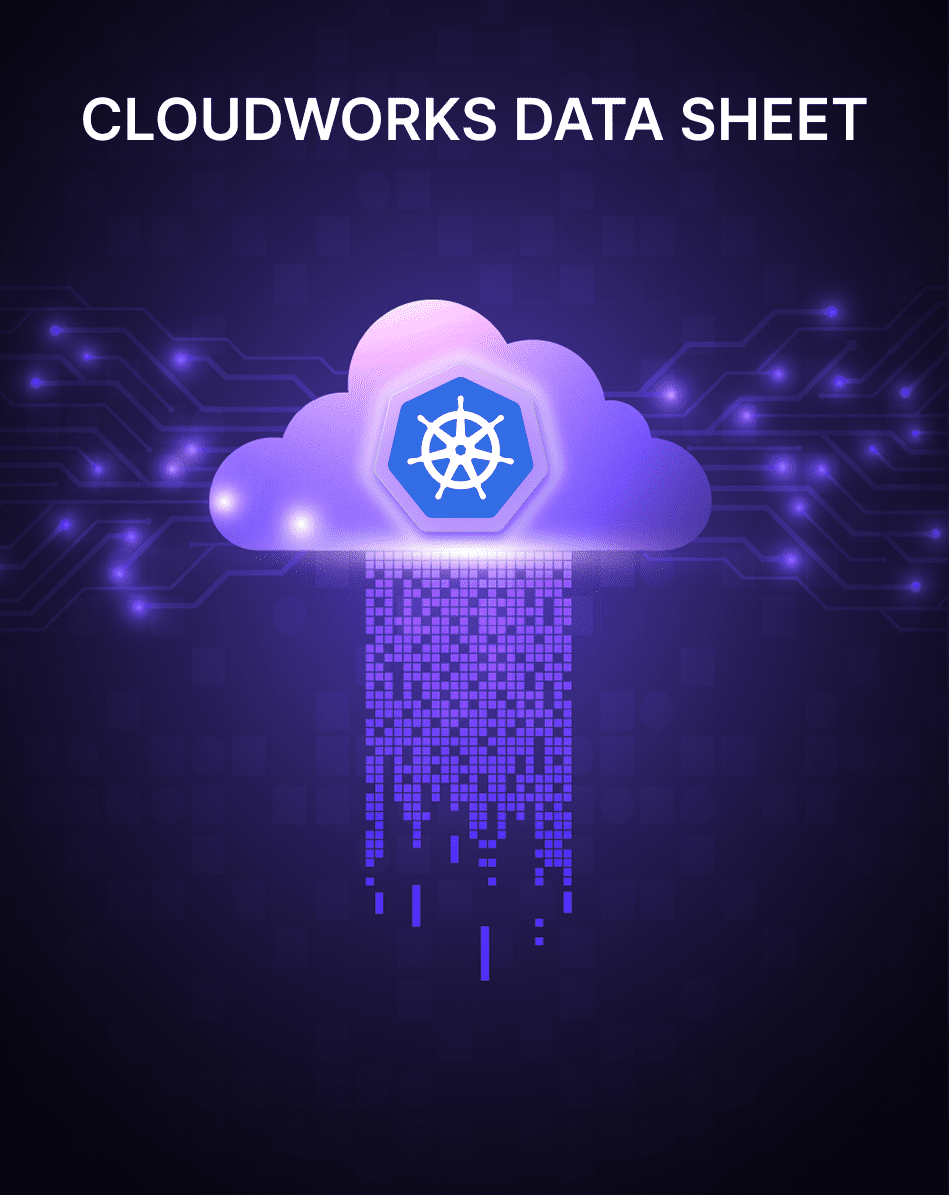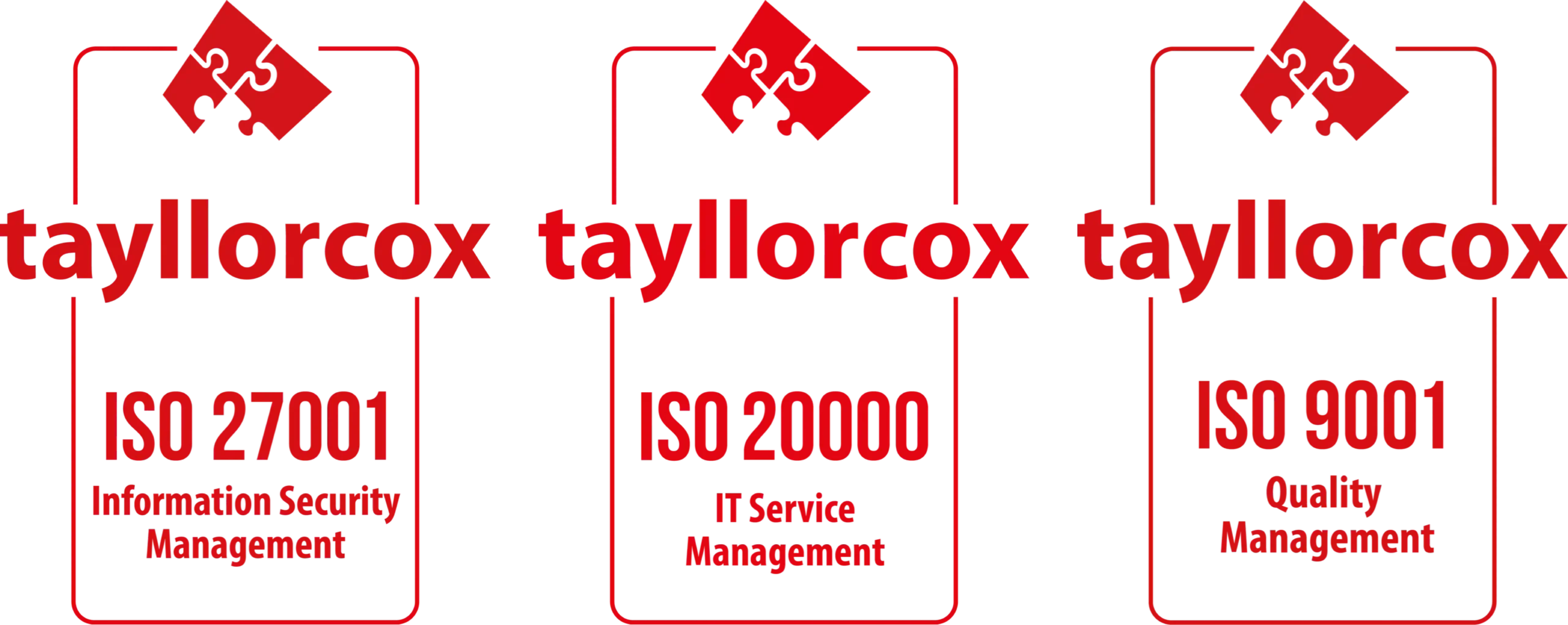How to Handle Container Storage
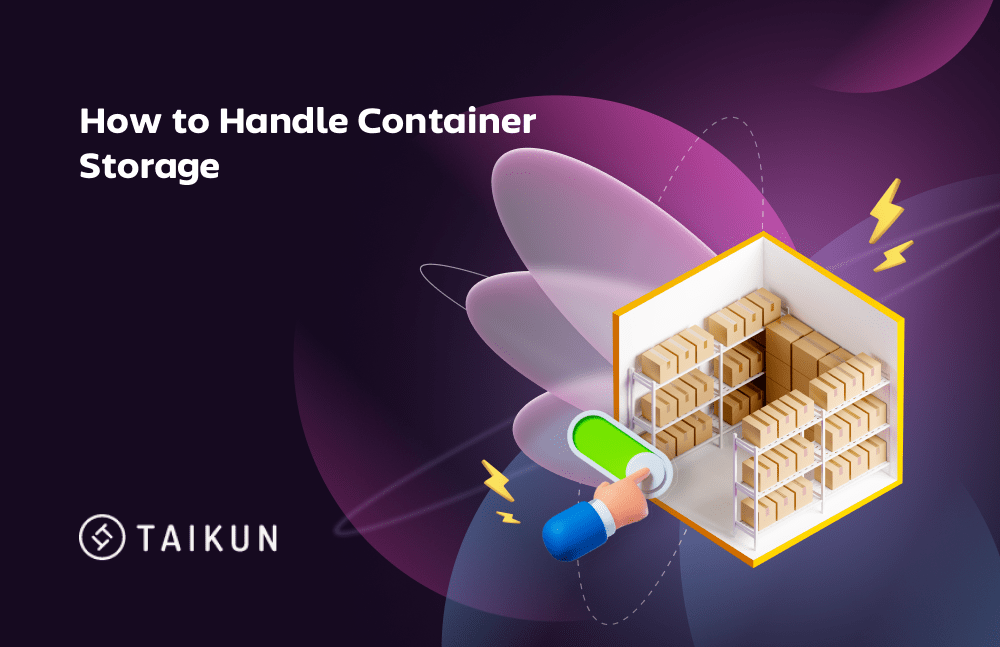
Storage is one of the most important aspects to take care of while dealing with containers in any architecture. By default, the data within the container is destroyed with the container. This makes it difficult for other containers to access the data and carry the process forward.
In architectures of scale, container orchestration is internalized by tools like Kubernetes and Docker. This means that multiple containers are created, managed, and destroyed within the same workflow.
Introduction to Container Networking in Docker
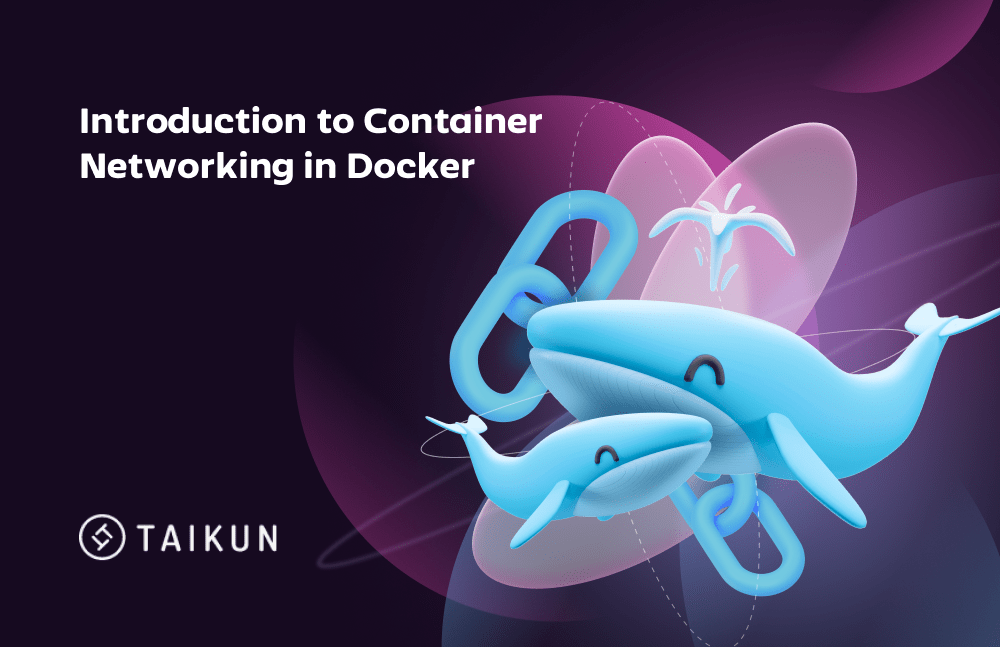
Most containerized applications need some form of communication with other network devices and applications. This is where container networking concepts play an important role. In this blog, we will tell you everything you need to know about container networking and how to get started on it.
Running Your First Own Container Images in Docker
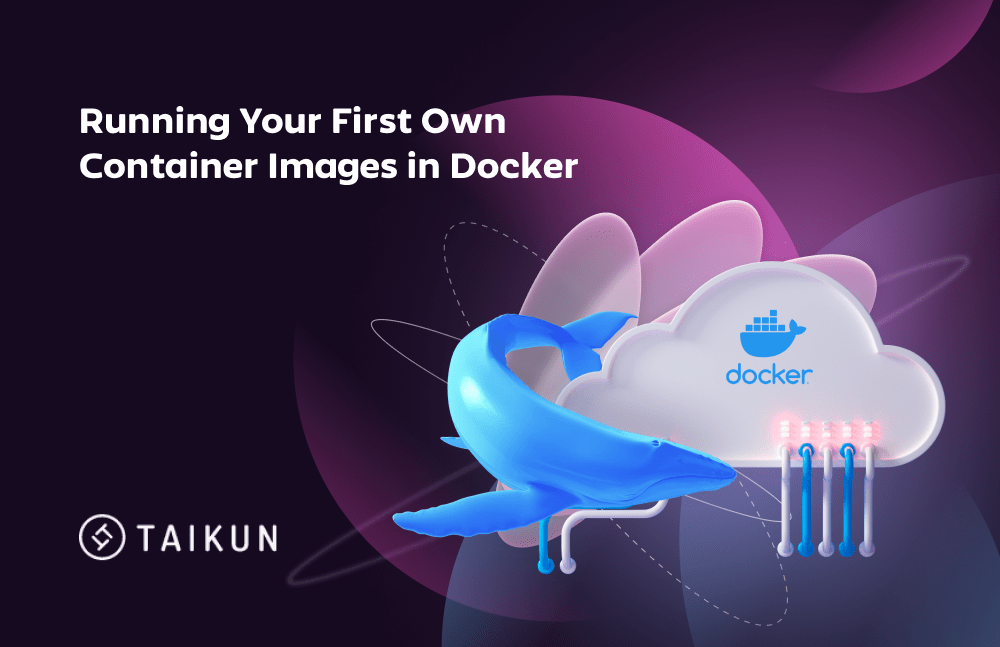
Docker desktop gives you a straightforward way to use any Docker image and run a container.
You can choose to use any image. To start with, we advise you to take an image from Docker Hub. As discussed in the previous blog, Docker Hub is a public repository of Docker images that are verified by
How to start using Docker
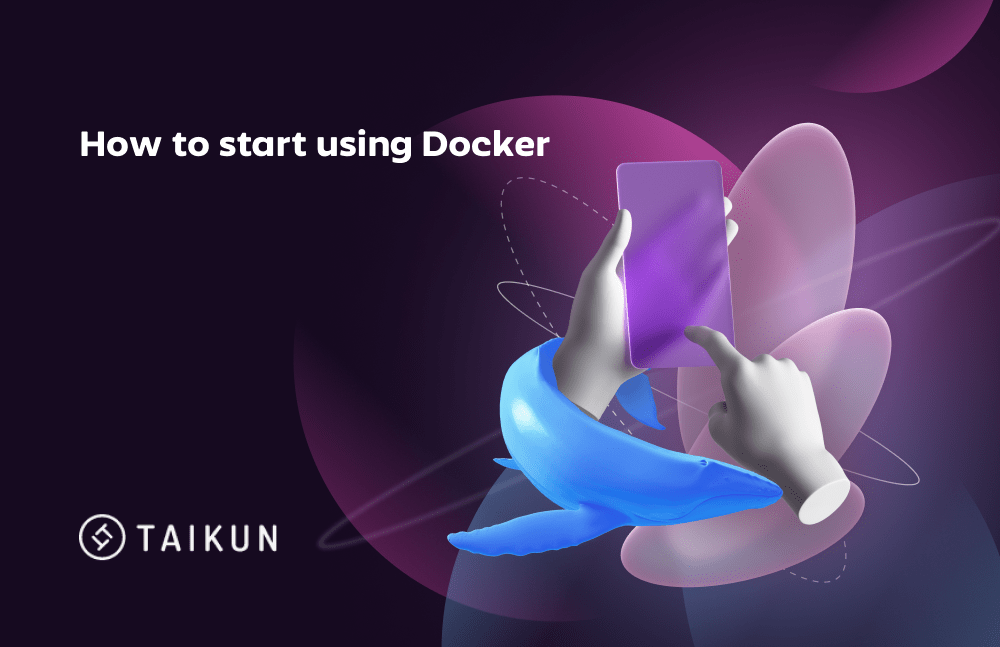
In 2013, Docker revolutionized the virtualization space with Docker Engine. Containerization became more mainstream, and Docker became ubiquitous to containers. With Docker, developers could standardize the environments for their applications to work in. These standardizations made way for smoother deployments and faster time to market. In this blog, we tell you everything you need to get started with Docker. This is part of our extensive series of blogs on Containers.
The Difference between Containers and Virtual Machines

The virtualization world has seen a sea change in the last 10 years. For a long time, Virtual Machines ruled the virtualization world. But ever since Docker Engine was launched in 2013, containers have become the go-to virtualization method for developers. Over time, the software development process has now shifted from a blame game of “it-works-on-my-machine” to smooth deployment of software systems performed 1000s of times every day.
What are containers? The definitive definition and the most common use cases
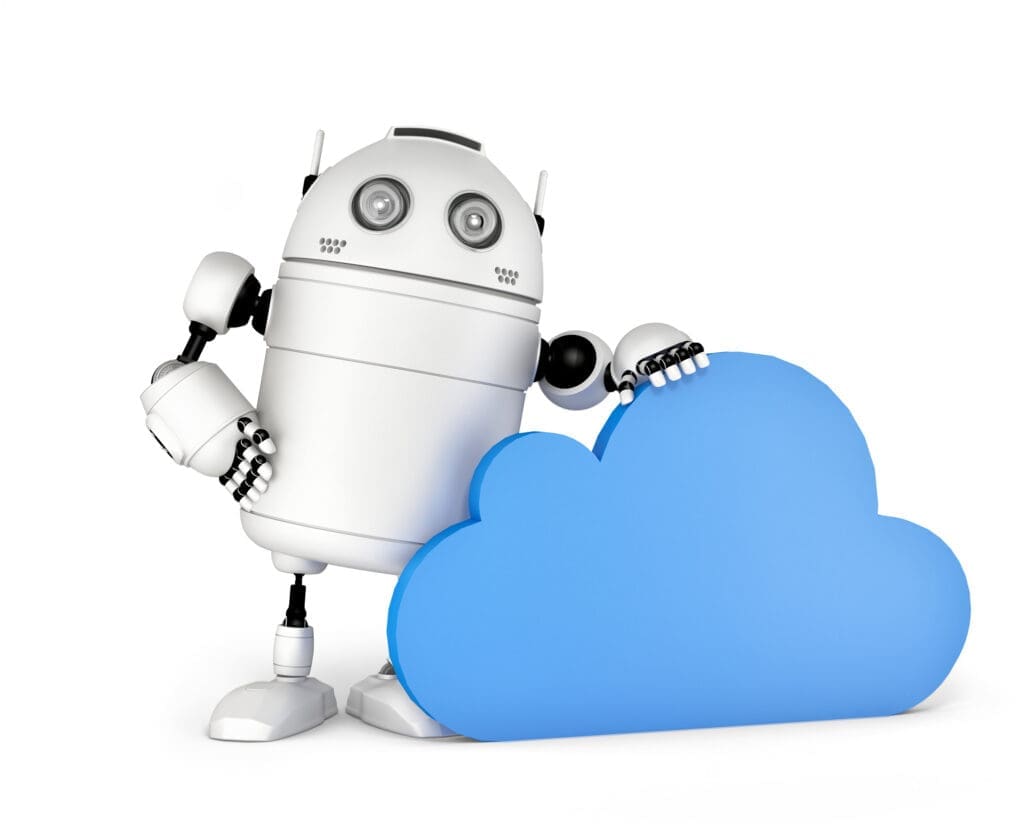
Containers are self-sufficient software packages that can run the service being agnostic to the underlying environment. It would contain everything from binaries to dependent libraries to configuration files. This makes containers easy to port. Since containers do not have operating system images, they are lightweight compared to Virtual Machines.
The Complete Guide on How To Get Started With Containers [2024 Updated]
![The_Complete_Guide_on_How_To_Get_Started_With_Containers_[2022_Updated]](https://b3662572.smushcdn.com/3662572/wp-content/uploads/2022/09/The_Complete_Guide_on_How_To_Get_Started_With_Containers_2022_Updated.png?lossy=2&strip=1&webp=1)
Containers have become near ubiquitous in today’s IT infrastructure. A 2020 survey showed 89% of companies agreeing that Containers will play a strategic role for them in the near future. This pace has only increased with the Covid-19 pandemic. By 2022, many more companies have adopted cloud technologies and containerization as their key strategic play.

